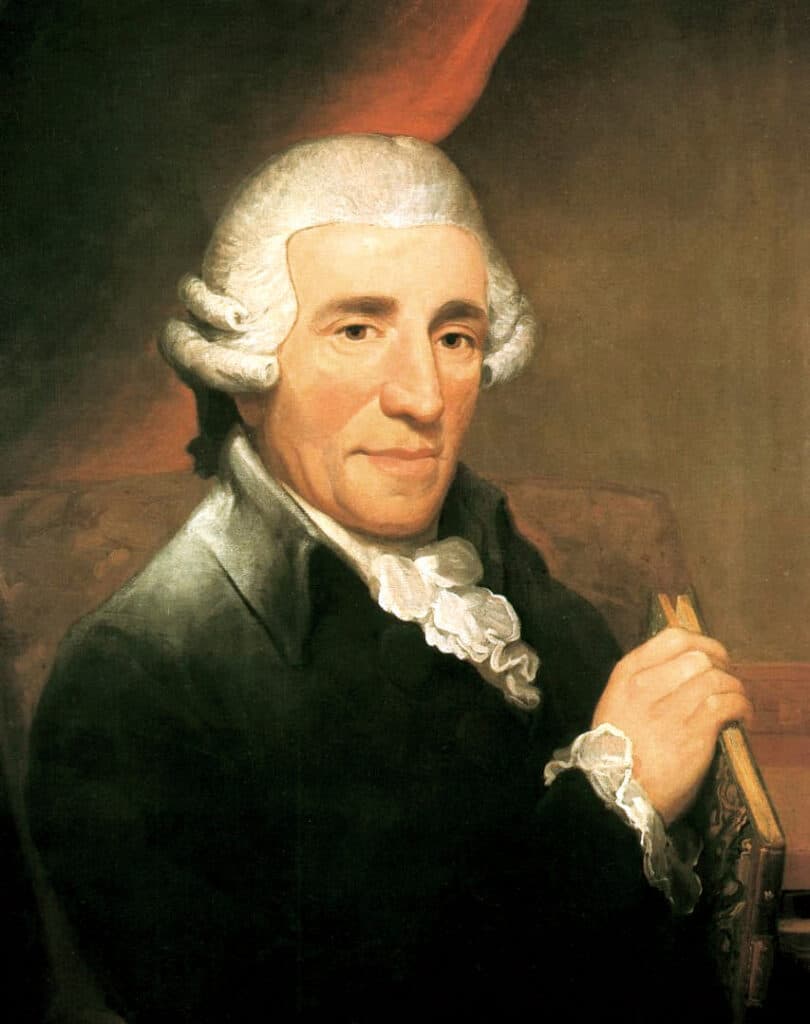Musician of the month: Dario Rosenberger
Which instrument do you play at the Kölner Akademie and when did you start playing?At

When it comes to the musical work of Joseph Haydn, there is no getting around the name of the Hungarian Esterházy family. Starting out as a 29-year-old composer, Haydn spent 30 years of his life as a musical employee for one of the wealthiest families of the 18th century. During this time, he not only worked as a conductor and had access to his own small orchestra, but also composed operas and symphonies, sacred works and chamber music. Haydn wrote the majority of his oeuvre in the Esterházy residences.
Haydn wrote three symphonies directly in his first year of employment: “Le matin” – The Morning, “Le midi” – Midday and “Le soir” – The Evening. What is special about them is their clear conception as a coherent cycle. This makes these works, also known as the Daytime Symphonies, stand out from the more than 100 Haydn symphonies.
Although these three are among the earliest of Haydn’s symphonies, they by no means sound unpretentious. When the strings and oboes gradually enter to a warm chord in the Adagio of the Morning Symphony, it is inevitably Haydn’s interpretation of an early sunrise. In these works, Haydn oscillates between fully composed structure and playful sophistication. The movement structure with a minuet as the third movement shows Haydn on his way to sonata form and the composition allows individual instrumental groups to shine with many small solos. Haydn’s special use of humor also is very present in all three.
We are delighted that the Cologne Academy under the direction of Michael Alexander Willens is able to present these three symphonies, together with two of Haydn’s divertimentos, in the breathtaking Brühl Palace. The rococo-style building provides a backdrop that perfectly suits Haydn’s music and even builds a historical bridge to the time of composition.
OTHER RECENT NEWS
Which instrument do you play at the Kölner Akademie and when did you start playing?At
Which instrument do you play at the Kölner Akademie and when did you start playing?I
When it comes to how we celebrate Christmas around the world, customs and traditions couldn’t